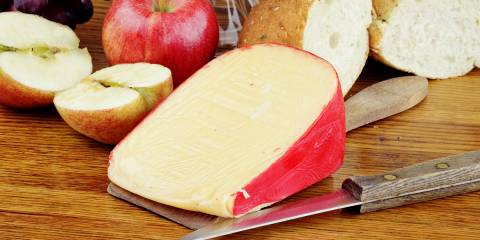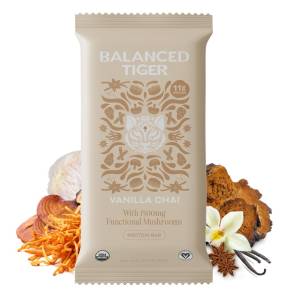Years ago, my friends and I marched on Washington. Arm in arm, we spanned the boulevard, exercising our right to peaceful assembly. Though the heat was oppressive, our hearts were committed—until my sandaled feet stepped on a vent at the exact moment it belched scalding steam.
Arnica to the Rescue
“Owww,” I yelped, staggering and twisting my ankle so daggers of pain shot up my leg. Limping, I suddenly remembered the first-aid kit in my backpack. I popped a few tiny white pills of homeopathic Arnica under my tongue, rubbed Arnica ointment over the already-bruising skin, and soldiered on.
Almost immediately, all pain disappeared. Later, examining my ankle and leg, there was not even the hint of an injury—no sprain, strain, or bruise.
Among homeopathic basics, Arnica montana is an essential. In keeping with the mantra of homeopathy, which uses “like to cure like,” the plant it’s derived from causes skin irritation. But in a safe homeopathic microdose, this remedy is a titan when it comes to soothing skin injuries.
How to Use Arnica
Arnica is the first-response remedy for treating bruising and trauma of just about any kind, from bumps to broken bones.
As a homeopathic medicine, it can be taken internally to initiate healing of everyday injuries. (Follow label instructions.) In topical form, Arnica is useful for bruises and soreness but should not be applied to broken skin.
In the sports world, it’s used to treat sprained ligaments, strained muscles, fractures, and abrasions.
Arnica gel has also proven as effective as ibuprofen gel in treating the pain and stiffness of osteoarthritis. This remedy is also ideal for minimizing pain and bruising from dental work and surgery. (It may be taken orally both before and after.)
Recent studies show that Arnica ointment dramatically reduces bruising resulting from dermatological laser treatments. All good reasons to bring it along on a hike... or a march.




